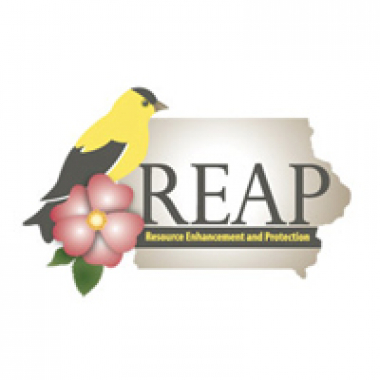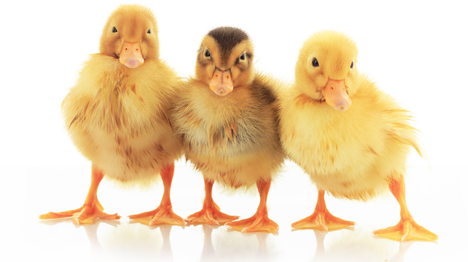Thermogenesis of Skunk Cabbage
This short video montage shows the late winter landscape and the heat generation (thermogenesis) of skunk cabbage (Symplocarpus foetidus). The skunk cabbage uses uses food/calories to convert to heat, produce more leaves/flowers and more efficiently survive a hard time in early spring. This unique wildflower has the capability of generating heat to help prevent freezing and volatilizing fragrances to attract pollinators.
Video
Palo
Iowa Core Standard
HS-LS1-7
Use a model to illustrate that cellular respiration is a chemical process whereby the bonds of food molecules and oxygen molecules are broken and the bonds in new compounds are formed resulting in a net transfer of energy
Driving Question
- What are some costs and benefits to using energy/food stores to create a lot of heat?
Probing Questions
- What season does it appear to be in the video?
- Has the plant growing season begun yet?
- What prevents plants from growing at this time of year?
- What would the plant need to have to generate heat?
- How do our bodies generate heat?
Classroom Suggestions
Students could:
- Brainstorm the costs and benefit of using food stores to produce more leaves/flowers or more efficiently survive a hard time in early spring.
- Research niche utilization- beating pollinator competition by being the first, avoiding shade by blooming before tree canopy, etc.
Resources
- In Defense of Plants| Skunk Cabbage: Matt Candeias, botanist and host of the "In Defense of Plants" podcast, writes a short article and video on skunk cabbage.
- Khan Academy | Temperature Regulation Strategies: A teacher or student reading selection describing how organisms regulate temperature and the costs/benefits of each
- Duke Farms | Skunk Cabbage Lesson Plan: Written for upper elementary, this lesson plan could be adapted to middle/high school students about skunk cabbage.
Contributors
Submitted by Craig Hemsath
Funding for Iowa Science Phenomena Provided By









